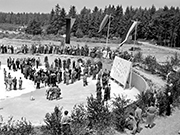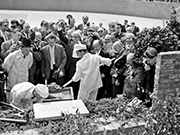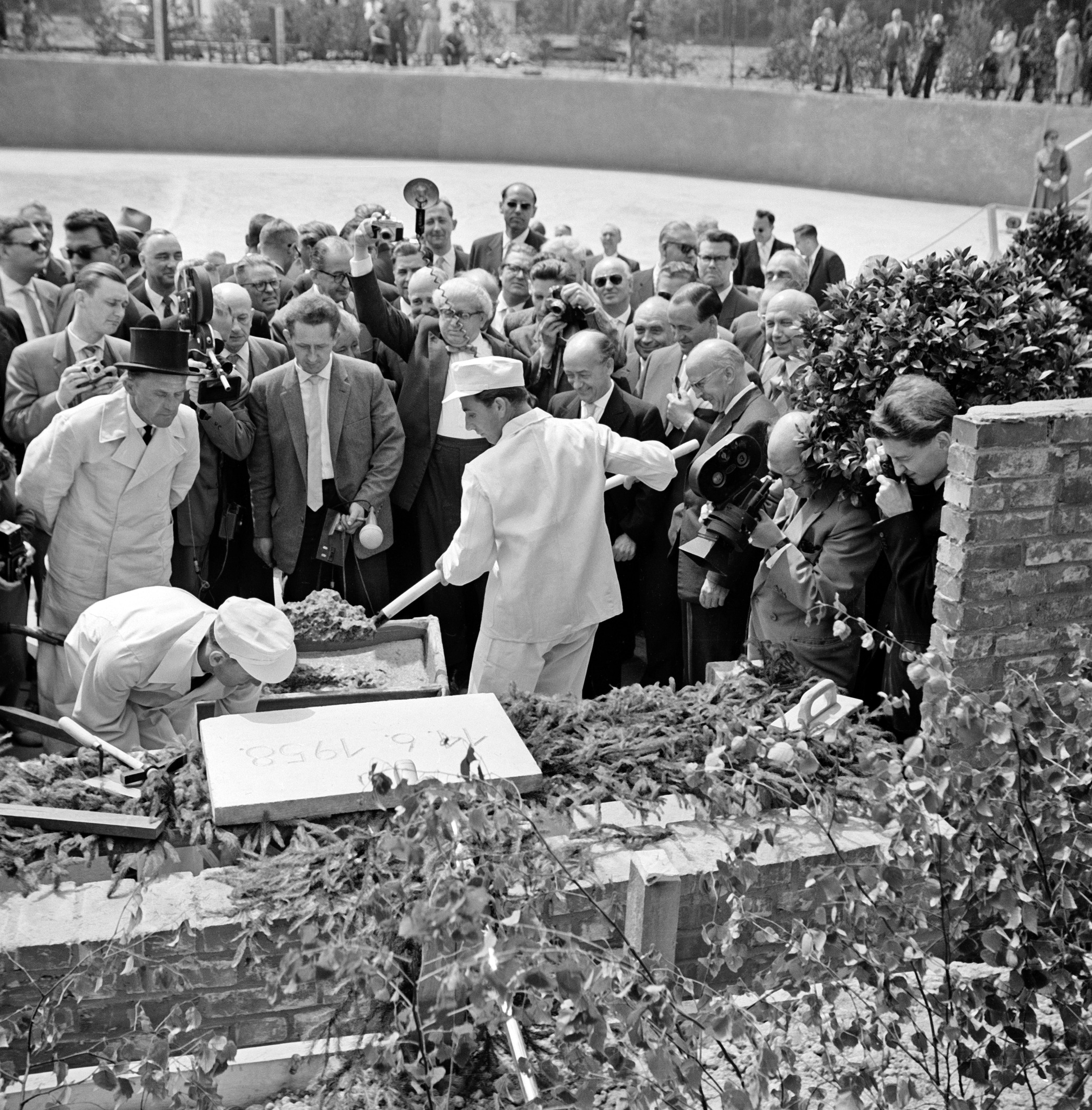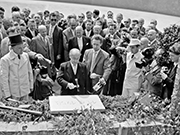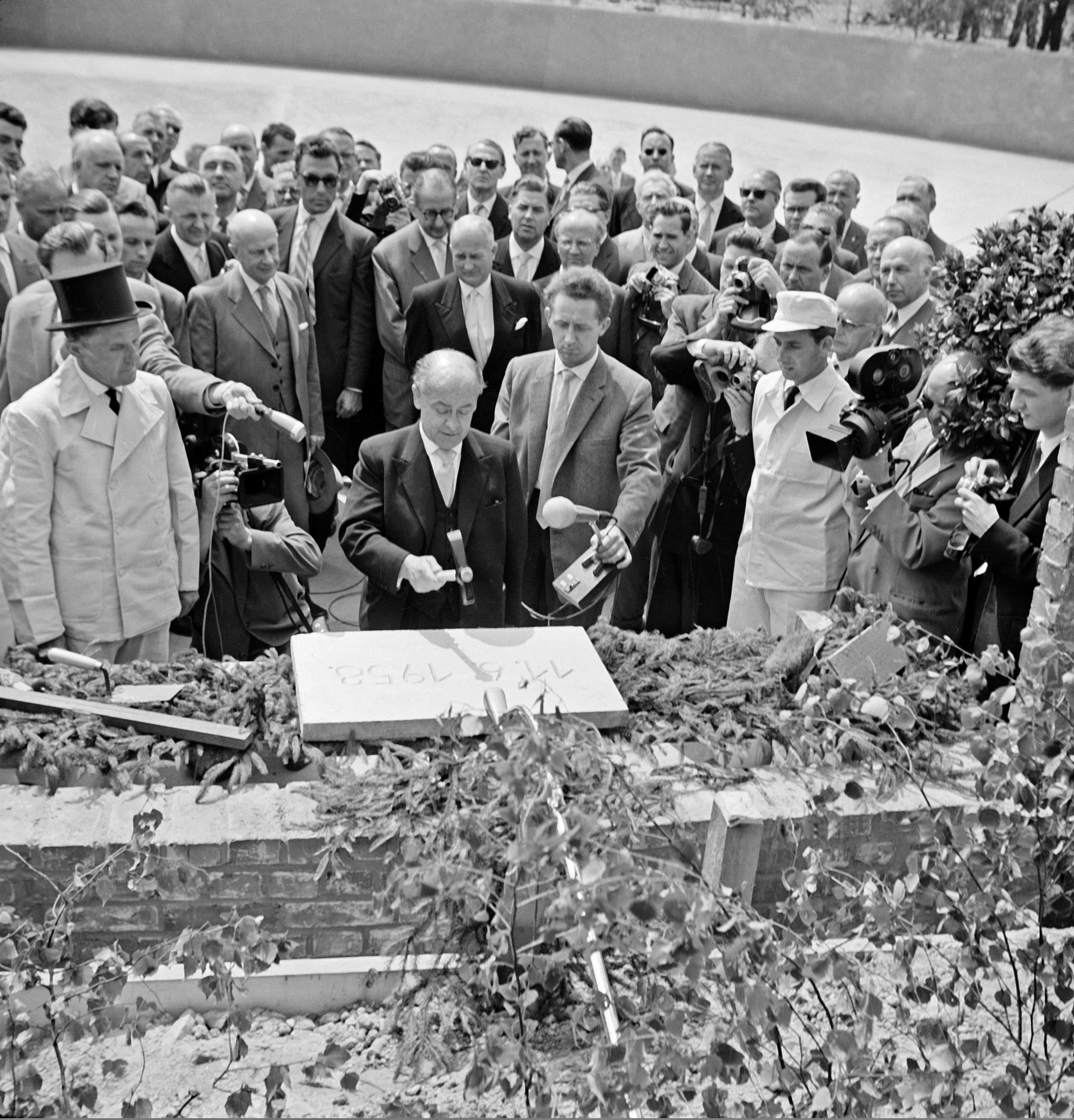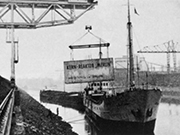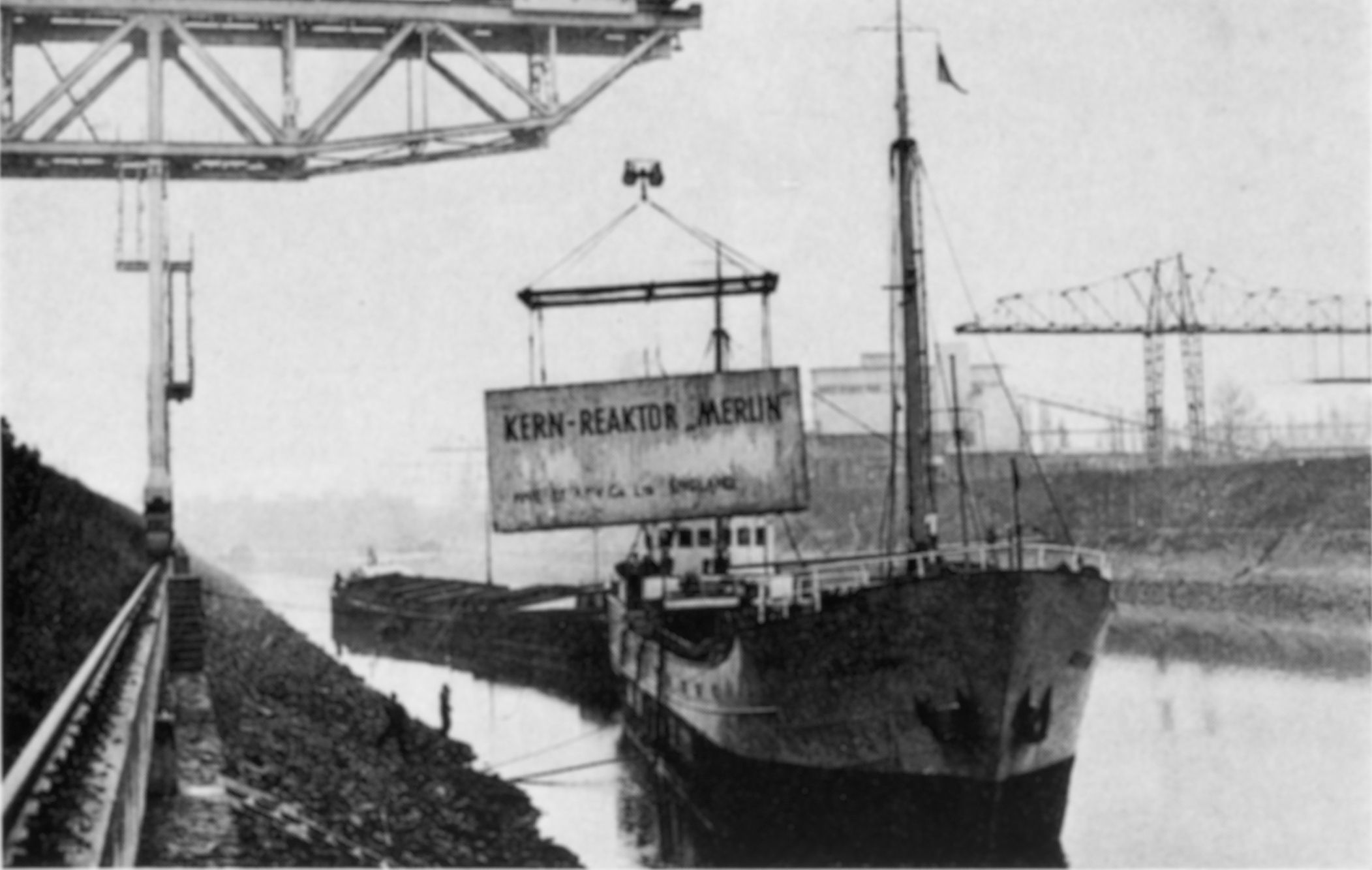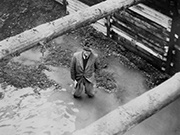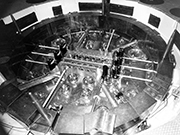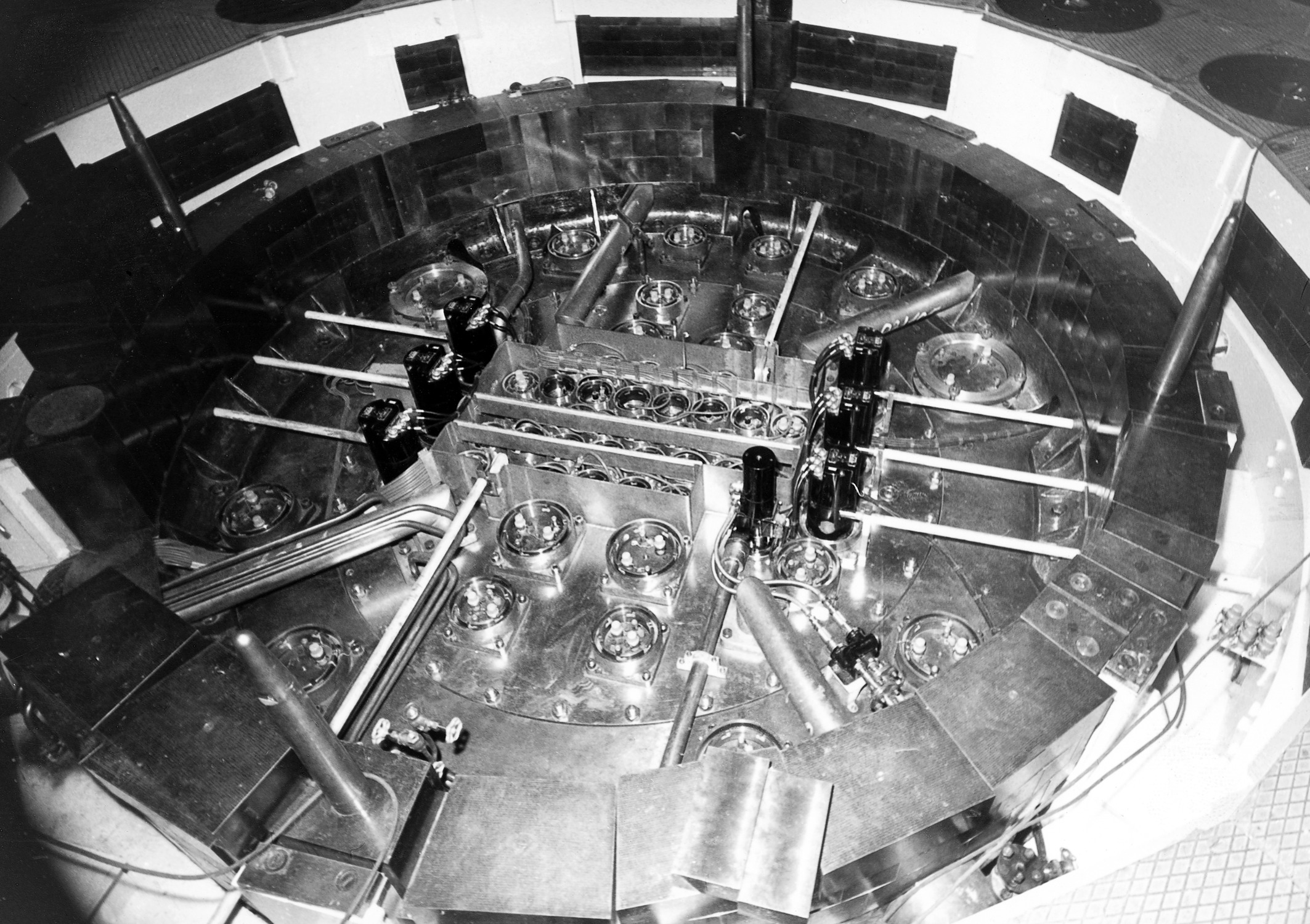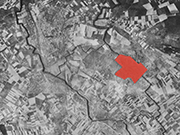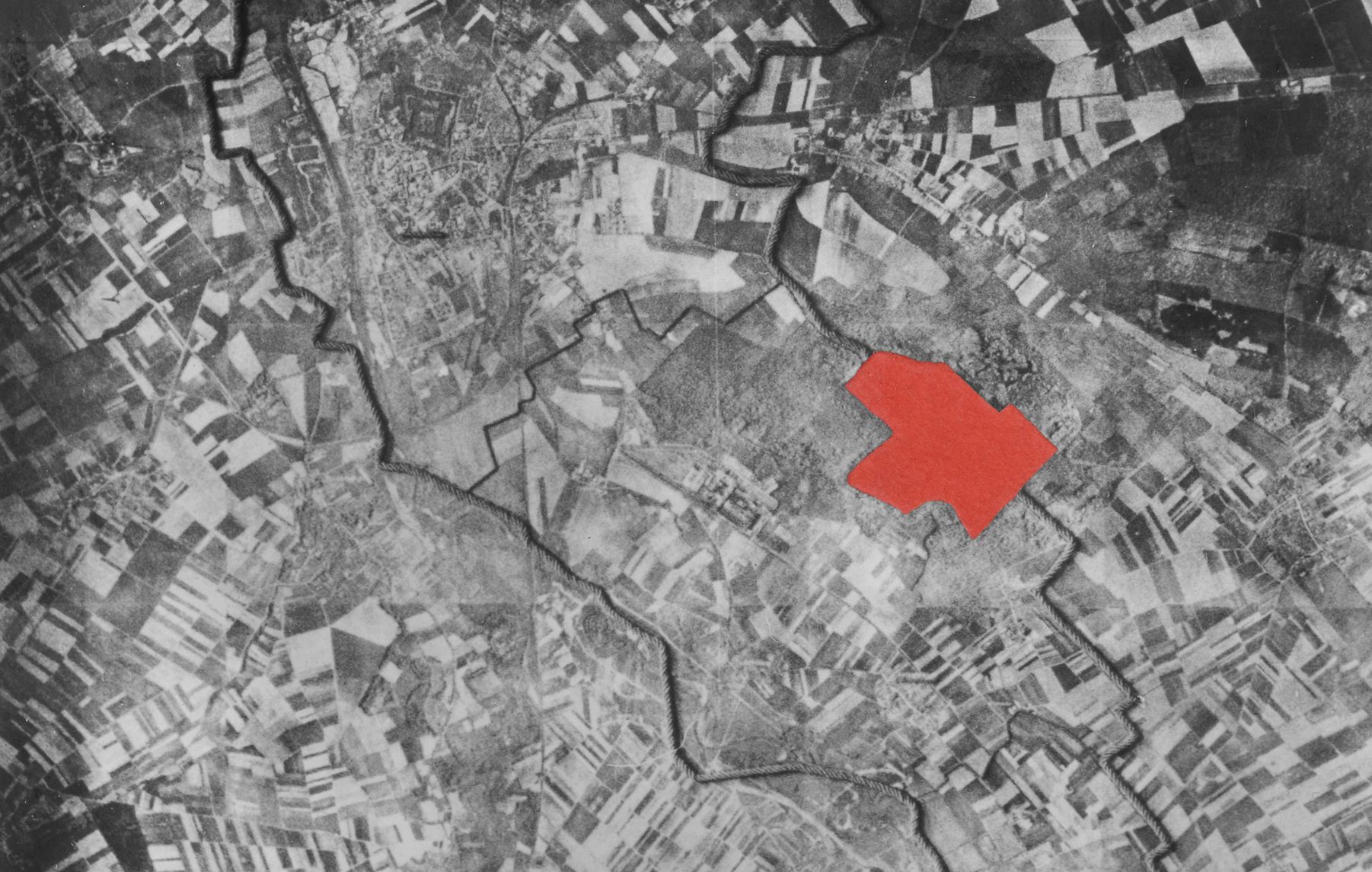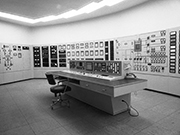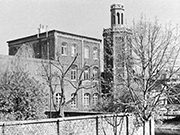In December 1956, the state parliament of North Rhine-Westphalia (NRW) decided to build an "atomic research establishment" – today’s Forschungszentrum Jülich was born. The founders’ main objective was the use of all nuclear research for peaceful purposes. While discussions were still proceeding as to how to equip the facility, the state of North Rhine-Westphalia was looking for a location that met the geographical criteria. A site with good transport links was needed that also offered safety for local people. After some debate, the state cabinet resolved in November 1957 to build the atomic research establishment in Stetternich Forest. The Christian Democratic district administrator of Jülich at the time, Wilhelm Johnen, played a key role in this decision. The establishment was the most important project realized by Leo Brandt, a Social Democratic policy-maker on science issues, who also became its first director. The plans included buildings for a materials testing reactor and a reactor for neutron research, ten institutes, and central institutions such the library. Respected scientists from the fields of physics and medicine oversaw the construction phase, while working groups at NRW’s universities prepared to establish the institutes.
New optimism and nuclear fervour
Atomic power would safeguard the Federal Republic’s energy supply – of that the politicians, business leaders, and trade associations of the 1950s were sure: nuclear fervour was rife. As the economic miracle gained pace, the demand for energy was increasing, but domestic resources were scarce. Scientific knowledge was indispensable to harness nuclear energy for peaceful purposes. In 1955, the Federal Government set up a Ministry for Atomic Affairs, the forerunner of today’s research ministry.
Nuclear research was not just going to benefit the energy supply, but was also intended to support medicine and biology. And for West German scientists, it promised the possibility of returning to the international fold. Young, dedicated researchers set to work, with backing for their endeavours from civil servants and politicians. Nuclear research was also carried out in Karlsruhe and at other West German sites, including West Berlin, while East Germany founded a similar establishment around the same time in Rossendorf near Dresden.
Dates
| 1956 | The NRW state parliament decides to build an "atomic research establishment" |
| 1957 | Plans are drawn up for Institutes of Neutron Physics, Reactor Materials, Reactor Components, Nuclear Chemistry, Medicine, and Biology |
| 1958 | The foundation stone is laid for the MERLIN (FRJ-1) and DIDO (FRJ-2) research reactors |
| 1960 | The Institute of Plasma Physics, the nuclear research centre’s first institute, is formed from a working group at RWTH Aachen University |
| 1960 | The "Gesellschaft zur Förderung der kernphysikalischen Forschung (GFKF)" (Society for the Promotion of Nuclear Physics Research) is renamed "Kernforschungsanlage Jülich des Landes Nordrhein-Westfalen e. V." (Jülich Nuclear Research Establishment of the State of North Rhine-Westphalia) (KFA) |



